7 ways to live better with low vision
Make your day-to-day living easier with these home and lifestyle tips.
Updated on July 11, 2024
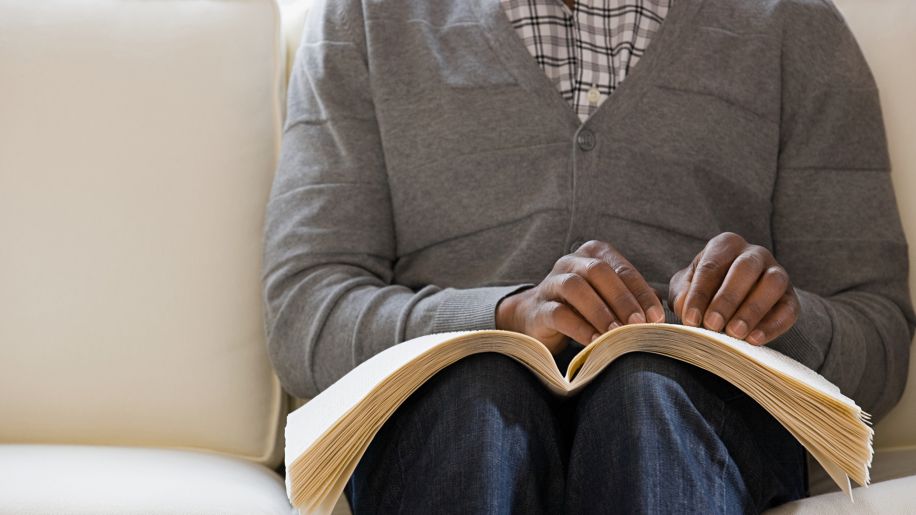
As many as 23.4 million people in the United States live with visual impairment, according to a 2021 study published in the journal Ophthalmology. Diabetic retinopathy, macular degeneration, and blindness are just a few eyesight problems affecting millions, though many more people develop conditions like cataracts and glaucoma, which may worsen as they progress.
While diagnosis and treatment are key in preventing the loss of eyesight, there are steps you can take on your own to avoid injury and make day-to-day living easier. Read on for smart home and lifestyle tips for people living with low vision.

Injury-proof your home
To get around easier and prevent falls, it's important to first remove tripping hazards. Start by removing throw rugs, slippery bathmats, excess electrical cords, low-lying furniture like ottomans, magazine racks, and other forms of clutter. Designate places where you can tuck away everyday items like shoes and toys, and clear walkways between rooms.
Next, modify your home for visibility and maneuverability:
- Mark steps, thermostats, and outlets with colorful tape.
- Install grab bars along stairs and in the bath.
- Purchase appliances with large buttons and knobs.
When you buy home items like towels or dishes, look for items that color-contrast with tables, walls and counters. They'll be easier to see.
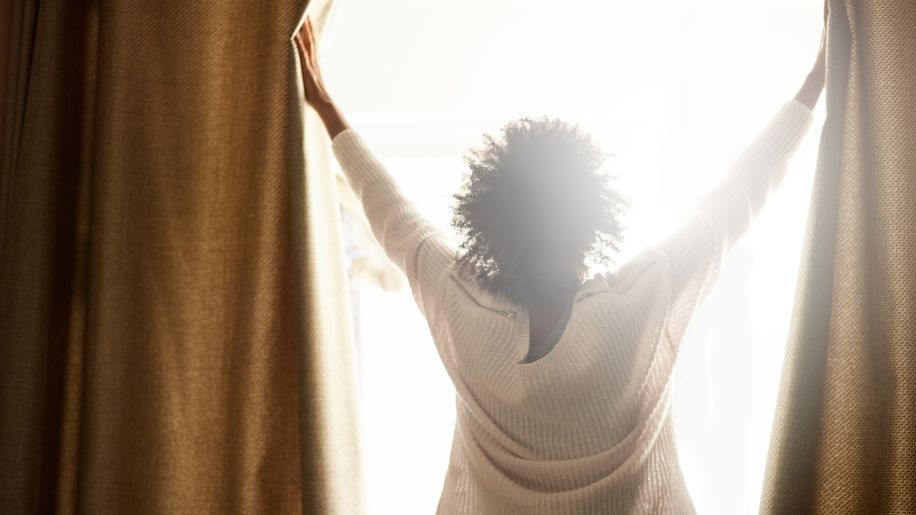
Light up your life
Ample light is crucial to help people with low vision move freely and enjoy activities at home. For general lighting, try overhead fixtures with strong bulbs and easy-to-access switches. Open shades to let in natural light when you can. And pay special attention to dimly lit corners and stairs, especially after dark. Motion-sensor nightlights can come in handy for moving through your home during evening and nighttime hours.
For lighting tasks like reading or cooking, make sure there's a direct source of illumination nearby. Reading lamps and under-cabinet fixtures can brighten without glare, which can be an issue for folks with low vision. To cut glare, use shades or angle lights so they don't shine directly on surfaces.

Organize and label your stuff
Once your home is laid out and adequately lit, it's time to organize. First and foremost, experts suggest designating a spot for medication, and labeling bottles in big, bold letters. Your pharmacist may even provide large-print labels upon request. Labeling containers of food can also be helpful, particularly for items that look similar, like sugar and salt.
Next, make sure everything in your home has a designated spot or container. Separate small objects—like jewelry—into bags or shoeboxes and use drawer dividers for clothing. Install a wall-mounted hook so you have a consistent place to put your keys. Reorganize cabinets and closets to place oft-used items in front.
Knowing where to find things prevents loss and eliminates confusion, which is vital for people with low vision.
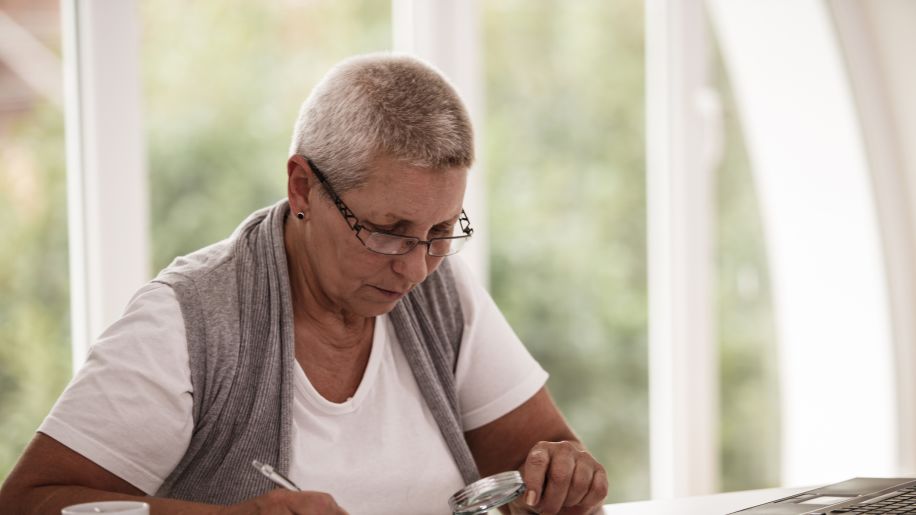
Invest in magnifying lenses
Perhaps the single most helpful item for a person with low vision to own is a magnifying lens, which aids in reading and detail work. There are several kinds, including:
- Hand magnifiers, like the detective-style magnifying glasses seen in movies
- Stand magnifiers, which are hands-free lenses that rest near or on top of an item
- Spectacle magnifiers, which clip to eyeglasses
- Video magnifiers, which are cameras that project type and small images onto a larger screen
Magnifiers come in different sizes and strengths, and many have lights or glare-blocking filters. Large-print books, newspapers, calendars, and playing cards are also inexpensive and easy to find and can help with reading.
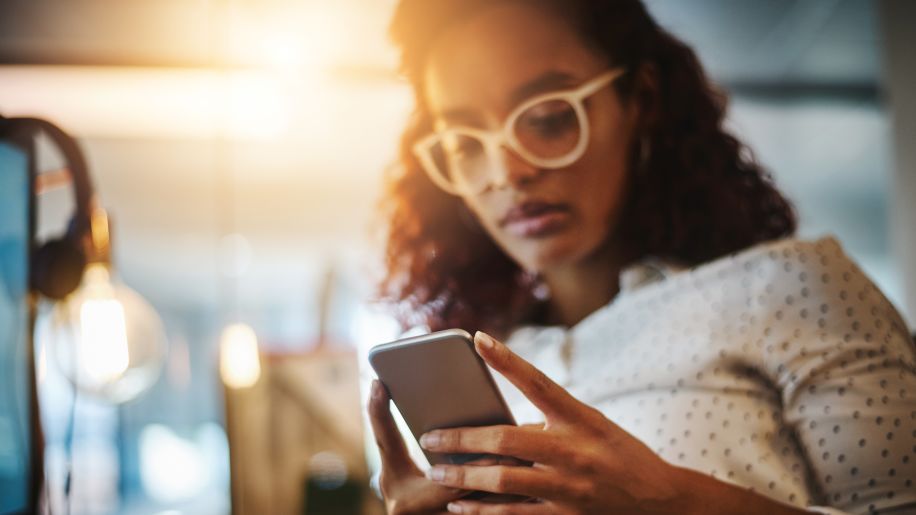
Get the gear
Every day, more and more high-tech solutions to vision problems appear in the marketplace. Talking clocks, audiobooks, GPS systems, e-readers, and software that reads screen text aloud are popular among the visually impaired. Meanwhile, smartphone apps—like those that identify money, describe colors, and customize your smartphone for voice—are being developed daily.
You don't necessarily need to buy a lot of expensive new gear, however. Your home computer, tablet, or smartphone, for instance, can be modified with a few tweaks. To improve visibility, increase the text size or use your computer's zoom function. Experts also suggest increasing the contrast, and, if possible, switching your text to black and your background to white while you're typing.
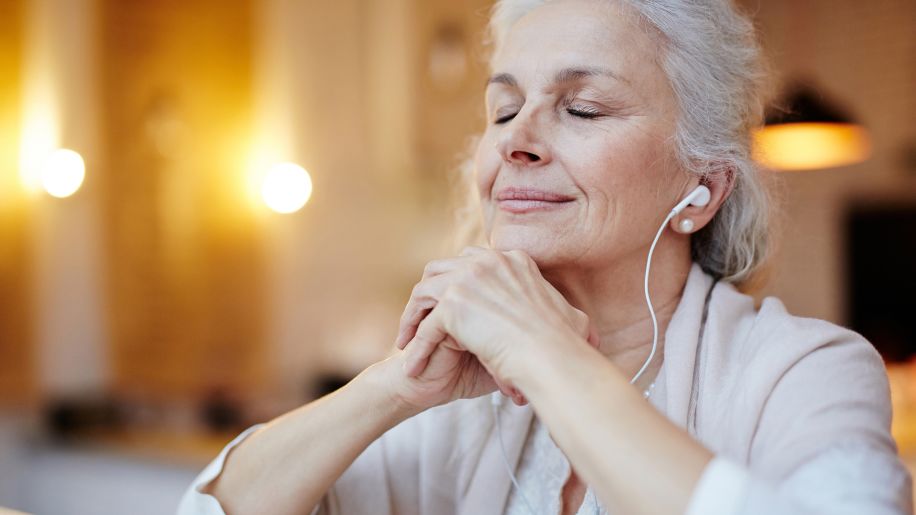
Look into services
You're familiar with guide dogs, the canine pals trained to help the visually impaired. Services don't stop there, though—and they're often free.
- The National Federation of the Blind offers NFB-Newsline, a 24-hour phone number where newspapers, magazines, and websites are read to callers. It's also available online or as an app.
- The National Library Service offers the Talking Book program, which mails out audio books and periodicals—plus equipment—for free. You can also download materials to your own device.
- The National Park Service offers free entry to National Parks if you qualify.
Hundreds of government and non-profit organizations provide similar benefits. Call your local government offices for more. The website of the American Foundation for the Blind offers a wealth of resources, as well.

See your specialists
As you continue to make improvements to your home, it's important to keep up with appointments with your healthcare providers and to assemble a healthcare team to address your needs. This can include an ophthalmologist, social worker, occupational therapist, and more.
Depending on the severity of your impairment, you could also be eligible for vision rehabilitation, where specialists provide therapy and strategies to improve eyesight and assist day-to-day living. In one 2017 study published in JAMA Ophthalmology, researchers found it lead to significant vision improvement among veterans with macular diseases.

Centers for Disease Control and Prevention. Fast Facts About Vision Loss. Last Reviewed: August 15, 2023.
Rein DB, Lamuda PA, Wittenborn JS, et al. Vision Impairment and Blindness Prevalence in the United States: Variability of Vision Health Responses across Multiple National Surveys. Ophthalmology. 2021;128(1):15-27.
Stelmack JA, Tang XC, Wei Y, et al. Outcomes of the Veterans Affairs Low Vision Intervention Trial II (LOVIT II): A Randomized Clinical Trial. JAMA Ophthalmol. 2017;135(2):96–104.
Featured Content
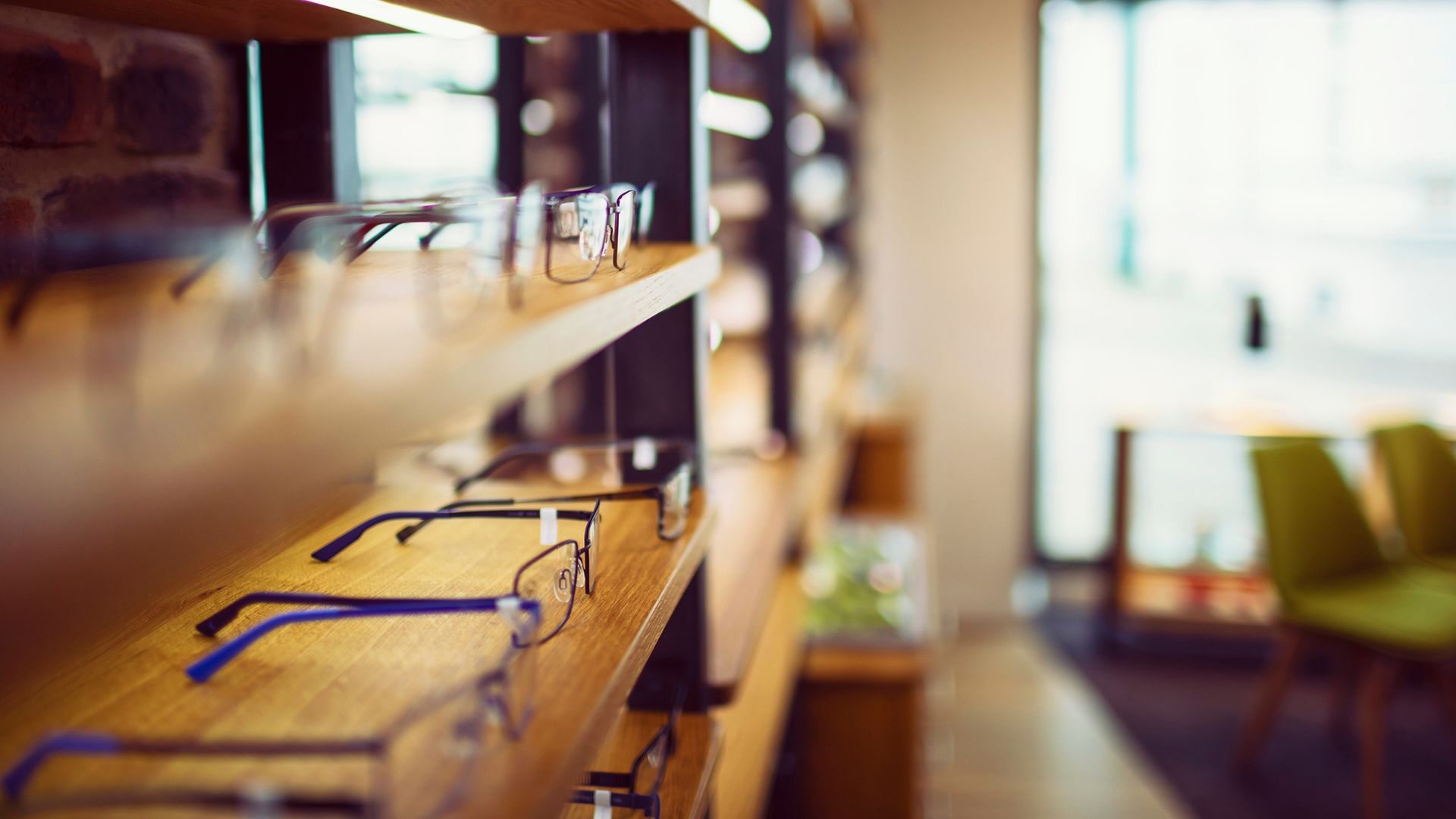
article

article
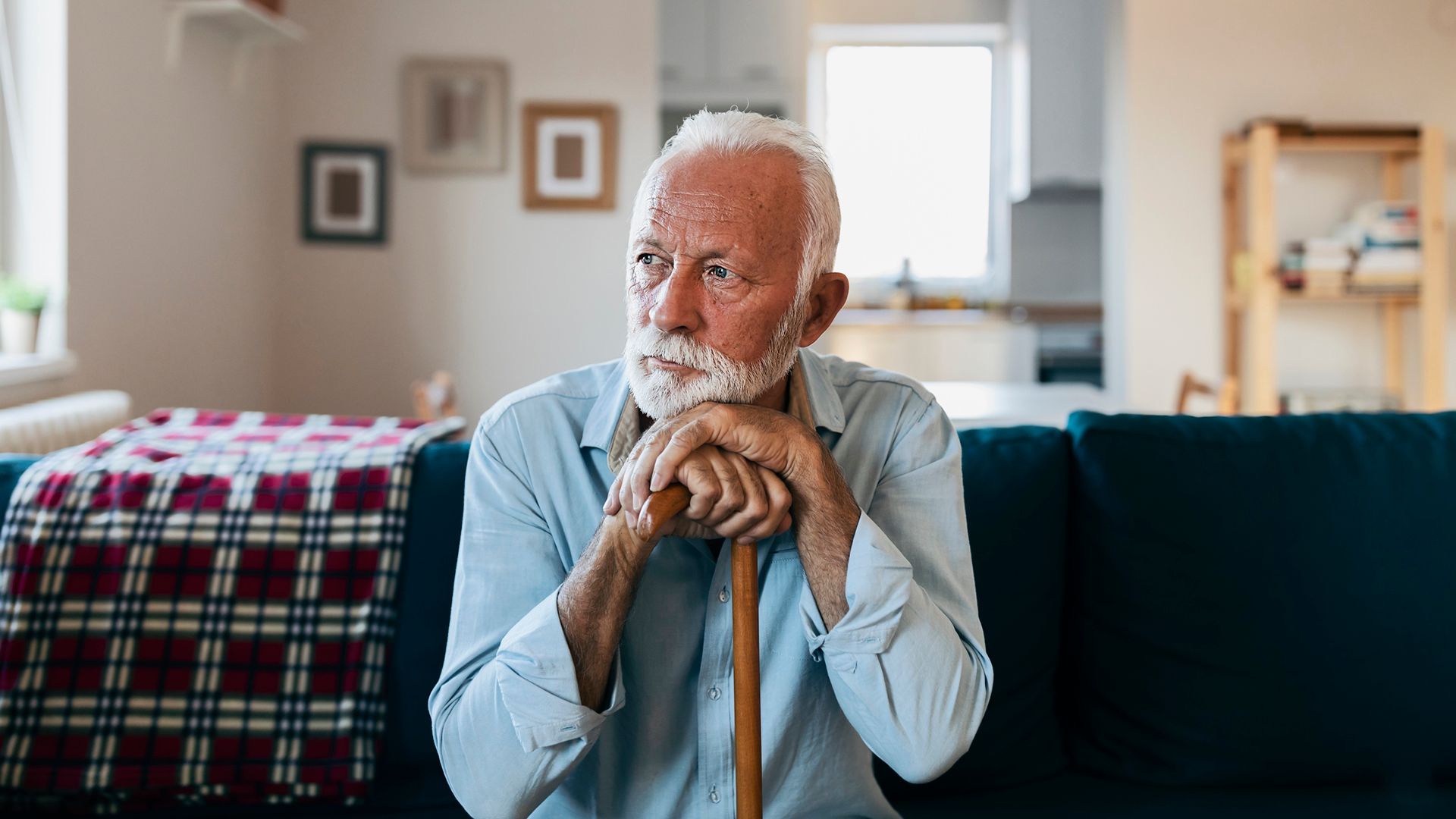
article

article

article
